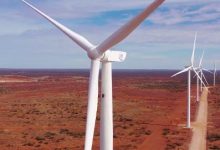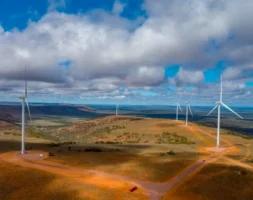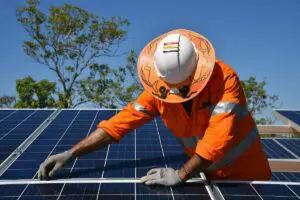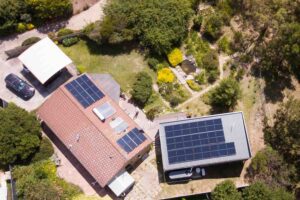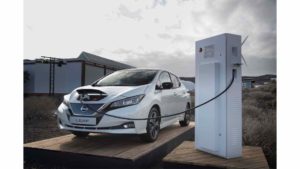Global gold miner Gold Fields says it is looking to “bolt-on” renewable energy generating capacity at more of its Western Australian mining operations, including the addition of wind turbines at its Granny Smith mine, 20-odd kilometres south of Laverton.
The South Africa-based Gold Fields has been a pioneer in powering its mining operations with renewables in Australia, having converted its Agnew mine near Leinster in W.A. to more than 50% renewables via a hybrid wind, solar and battery storage system.
In a panel discussion at the online Energy & Mines summit on Wednesday, Gold Fields Australian vice president, Stuart Mathews, said the miner was “very comfortable” with investing in more renewables as more of its power supply contracts came up for renewal.
“Our longer-term view is that we’re very comfortable, especially after our Agnew experience, and also the experience we’ve had at the Granny Smith mine as well … that it’s the perfect time to take that leap of faith,” he said.
“Going forward, in other parts of our business in Western Australia, Gold Fields is definitely in the study phase and looking to bolt on additional energy through renewables.”
This included at the company’s Gruyere gold mine, he said, in which Gold Fields has a 50% share, alongside Australian company Gold Road Resources.
“We’re also doing the foundational work around maybe a wind resource for Granny Smith for the future,” Mathews said, “and looking at a long-term power solution for St Ives, as well, with renewables.”
Gold Fields has already installed 8MW of solar and a 1MW/2MWh lithium-ion battery at its Granny Smith mine, which has been integrated with the mine’s existing 24.2MW natural gas generation.
In an earlier session of the webcast summit, Gold Fields Australia’s unit manager of electrical operations, James Koerting, noted that the 18MW wind component of the Agnew microgrid – added after the solar and storage – had been a great success.
“Wind at Agnew was the same cost to install per megawatt as the solar farm, but has twice the capacity factor. So we’re going to keep evaluating wind throughout the mines,” he said.
Mathews noted that the addition of renewable energy, despite its nature as a “variable resource,” was offering mining companies a more reliable supply and more stable price for power than the diesel fuel that the vast majority of W.A. resources projects traditionally depended upon.
“Most mines are heavily reliant on diesel across their business. And it is expensive, and the worst thing about it is it’s one of the hardest things to budget for, as a cost, because … [it] actually fluctuates wildly, even over the course of several months, and that’s a risk to our business,” Mathews told the summit.
“So what renewables give us an option to do is to make sure that we get much more security of supply and stability in the pricing, and they also give you in time the opportunity for your pricing to really fall off a cliff.
“In about 10 years we’ll own that facility at Agnew, outright, and then our energy cost will be significantly reduced.
“Right now, it is still compelling with the work we’ve done so far,” he said.

